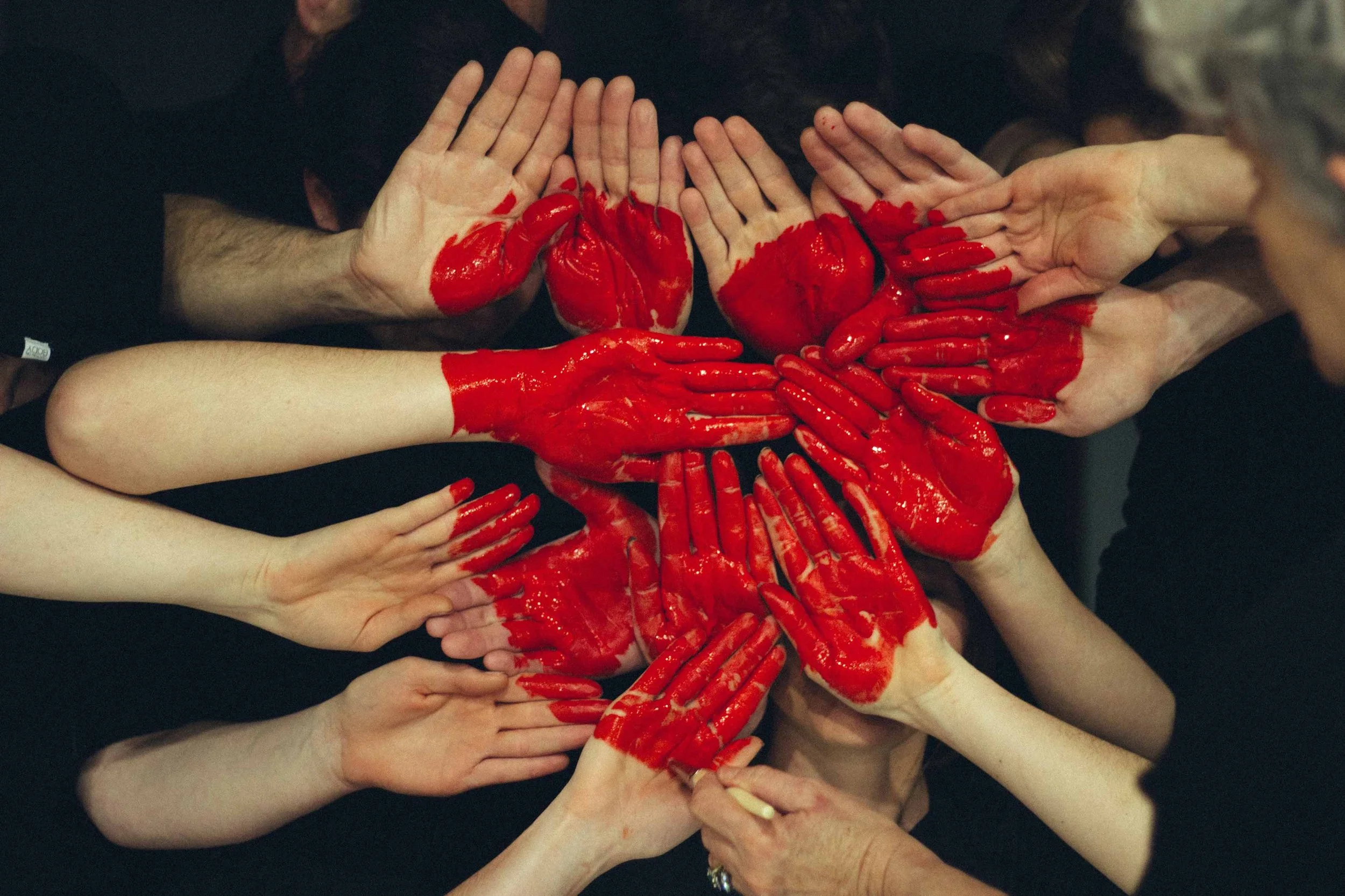Design Empathy: Research Methods for Mindreading
People ignore designs that ignore people.
Frank Chimero
As UX designers, we strive to provide the most enjoyable and effective experiences for our users. To do this, we need to connect with our users on the most fundamental level by prioritizing their needs and desires. Empathic design can transform our designs from “nifty” to “necessary.”
What is Empathy?
Empathy is an innately human trait that allows us to relate to another person’s experiences. It involves seeing and feeling the world as someone else does to appreciate and understand their challenges and latent needs. With empathy, we can better recognize the motivations behind our users’ actions and behaviors.
Empathy is an innately human trait that allows us to relate to another person’s experiences. Photo by Tim Marshall on Unsplash.
Design empathy is an approach to finding more beneficial and informative insights into modern challenges. However, we need first to differentiate empathy from sympathy. Sympathy refers to our ability to show consideration or concern for another’s experiences. Sympathy is a reaction to someone else’s adversity, whereas empathy seeks to absorb adversity from another’s point of view.
Empathic Research
Empathic research aims to expose the intangible or indescribable needs that reveal the root of the problem we’re working to solve. Photo by Daria Nepriakhina on Unsplash.
Empathic research aims to expose the intangible or indescribable needs that reveal the root of the problem we’re working to solve. For example, some people may withhold information for a number of conscious or subconscious reasons. Thus, we need to cultivate our intuition and emotional sensitivity to read between the lines. “Thoughtless acts” are unintentional actions that indicate how someone’s behaviors are affected by their circumstances. The purpose is to focus on motivations and thought processes.
Hybrid insights combine empathic research with quantifiable data to better navigate the complexities of human behavior. Design empathy uses hybrid insights to uncover implicit needs for responsive and effective designs.
Empathy on the Edge
“Empathy on the Edge” is a system by IDEO to cultivate a more active empathic design team that revolves around two key challenges: Scaling and Sustaining. The team at IDEO approaches empathy as an “out of ego” experience to reinforce the process of leaving your point of view for another person’s perspective.
The process of Scaling incorporates increasingly more people of greater diversity in these “out of ego” experiences to connect with and understand others. The design team works alongside more diverse stakeholders to let their needs, attitudes, and expectations affect designs to aid in this process.
Scaling seeks to involve more people in the empathic process, while Sustaining seeks to maintain a steady rate of empathic involvement. This preserves the team’s residual attitude and awareness of others. In addition, empathic artifacts can be used in place of deliverables to reinforce empathy for any given user, project, or subject. Finally, an empathic culture helps the company become more “human” and thus more approachable.
Empathic Research Methods
Identifying and comprehending the users’ objectives is the key to developing incredible user experience designs. These research methods promote the user’s perspective in our designs rather than our own.
Design empathy is an approach to finding more beneficial and informative insights into modern challenges. Photo by Alvaro Reyes on Unsplash.
Storyboarding the experience
A storyboard is a sequential set of sketches to present the user’s perspective. Not only is this a fun experience, but it also helps highlight users’ potential issues or frustrations.
Immersion
In this exercise, the researcher takes on a user’s persona while undergoing a given mission. This is a good way to look at the problem from a user’s perspective to flesh out otherwise unforeseen issues.
Shadowing
Much like job shadowing, this method implores the researcher to follow in their user’s footsteps. Shadowing allows the team to analyze their services in real interactions to reveal underlying or unresolved issues.
Ask What/How/Why
With the What/How/Why technique, the researcher observes users’ actions and behaviors, or rather what they are doing, and notes how they are doing it, highlighting any physical, mental, emotional, or environmental hindrances. Then, the researcher attempts to understand why the user is exhibiting those behaviors.
Five Whys
The Five Whys is an approach to empathic interviews to delve into deep-seated challenges. The key is to break open shallow responses by asking open-ended questions or a sequence of five “why’s.”
User Quest
The Quest strategy is more hands-on for the user but can lead to more insightful research. First, the user receives a package containing instructions and materials needed for a quest. Then, they self-document their experiences, ideas, issues, or frustrations using photos, videos, and/or journals. This strategy offers a significant amount of information to the research team while engaging the most enthusiastic users.
Empathy Map
An empathy map visualizes the motivations and behaviors of particular users to develop a deeper understanding of user needs. An empathy map contains four primary quadrants centered around a user’s persona: says, thinks, does, and feels. The “Says” box has verbatim or direct quotes from users during interviews. “Thinks” takes the user’s words to imply what the user is thinking. “Does” includes noted user actions and behaviors. Finally, researchers categorize observations into adjectives describing the user’s feelings in the “Feels” category.
Apple
“The main thing in our design is that we have to make things intuitively obvious.”
Steve Jobs
Steve Jobs was always intrigued with minimalism and simplistic design but needed his products to be intuitively usable. For example, the interior configuration could be complex if the user interface were simple and intuitive. So in designing the Macintosh computer, Jobs enlisted a desktop as a metaphor: people understand the purpose of desktops and how to prioritize their tasks. Thus, he modeled Apple computers on analogies like the desktop to utilize an experience people already have.
Jony Ive also implemented a handle into the top of the iMac design, though it was more playful than functional. Why? He thought about his mother being too nervous to touch new technology for fear of breaking it. He thought adding the handle made the design more approachable as if it gave the user permission to touch.
By taking an empathic approach to design, UX professionals investigate the root of the problem while attempting to resolve it. Design empathy helps us understand the core conflict instead of using “band-aids” to resolve the issues.
Battarbee, K., Suri, J. F., & Howard, S. G. (n.d.). Empathy on the edge. IDEO is a global design and innovation company. Retrieved February 11, 2022, from https://www.ideo.com/news/empathy-on-the-edge
Dam, R. F., & Siang, T. Y. (n.d.). Design thinking: Getting started with empathy. The Interaction Design Foundation. Retrieved February 11, 2022, from https://www.interaction-design.org/literature/article/design-thinking-getting-started-with-empathy
Gibbons, S. (2018, January 14). Empathy mapping: The first step in design thinking. Nielsen Norman Group. Retrieved February 11, 2022, from https://www.nngroup.com/articles/empathy-mapping/
Isaacson, W. (2012, September 1). How Steve Jobs' love of simplicity fueled a design revolution. Smithsonian.com. Retrieved February 11, 2022, from https://www.smithsonianmag.com/arts-culture/how-steve-jobs-love-of-simplicity-fueled-a-design-revolution-23868877/
Kelley, T., & Kelley, D. (2013, November 8). Why Designers Need Empathy. Slate.com. Retrieved from https://slate.com/human-interest/2013/11/empathize-with-your-end-user-creative-confidence-by-tom-and-david-kelley.html
Wiecek, A. (2018, August 13). 9 best empathic research methods to help you dig deeper & truly understand your customer. Medium. Retrieved February 11, 2022, from https://medium.com/@alewiecek/9-best-empathic-research-methods-to-help-you-dig-deeper-truly-understand-your-customer-5a9b56c45e59





